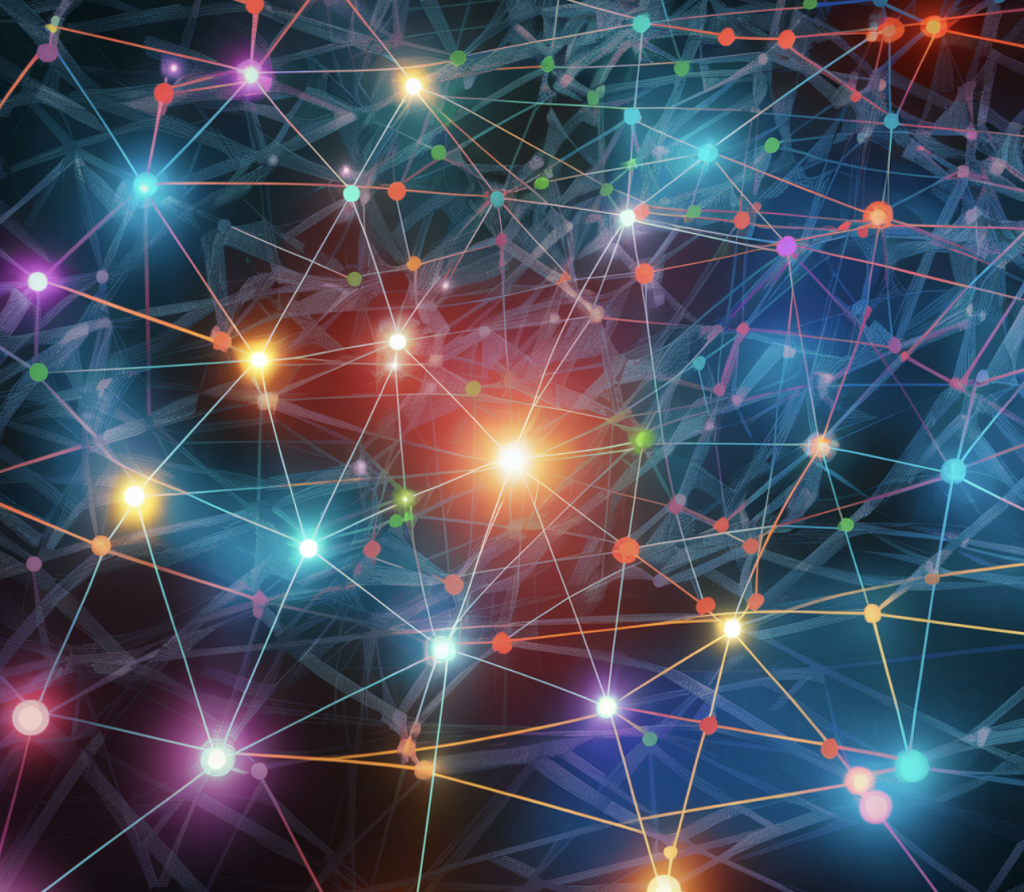Capsule Networks: Addressing Limitations of Convolutional Neural Networks CNNs

Convolutional Neural Networks (CNNs) have become the benchmark for computer vision tasks. However, they have several limitations, such as not effectively capturing spatial hierarchies and requiring large amounts of data. Capsule Networks (CapsNets), first introduced by Hinton et al. in 2017, provide a novel neural network architecture that aims to overcome these limitations by introducing the concept of capsules, which encode spatial relationships more effectively than CNNs.
Limitations of CNNs
CNNs have limitations due to their architecture:
Loss of Spatial Information: The pooling layers in CNNs reduce computational complexity and diminish the network’s ability to understand spatial relationships
Orientation Sensitivity: CNNs struggle to recognize objects if their orientation or position significantly differs from the training data.
High Data Requirement: CNNs need large datasets to understand transformations and are not robust to small variations in objects’ appearances.
Capsule Networks: A Novel Approach
Capsule Networks aim to address these limitations through:
Capsules and Routing-by-Agreement: Capsules are groups of neurons that encapsulate the probability and instantiation parameters of detected features. Routing-by-agreement is the mechanism that allows capsules to understand spatial hierarchies by dynamically assigning weights to features based on their importance.
Pose Matrices: Pose matrices encode the spatial relationships of objects, enabling CapsNets to recognize objects regardless of their orientation, scale, or position.
Benefits of Capsule Networks
Improved Spatial Awareness: CapsNets maintain the spatial relationships of objects, which is crucial for accurately recognizing objects in complex scenarios.
Robustness to Transformations: Pose matrices enable the network to recognize objects even when they are rotated, translated, or appear in different sizes.
Efficient Part-to-Whole Recognition: CapsNets excel in understanding how different parts of an object relate to the whole, enabling better detection of objects in cluttered environments.
Efficient Capsule Networks
Research has focused on improving the efficiency of CapsNets:
Efficient-CapsNet: This architecture emphasizes efficiency, with only 160K parameters, compared to the original CapsNet’s significantly larger parameter count.
Novel Routing Algorithms: New routing algorithms, such as self-attention routing, have improved CapsNets’ efficiency and performance in various tasks, including brain tumor classification and video action detection.
Challenges for CapsNets
Despite their promise, CapsNets face challenges:
Computational Complexity: CapsNets require significant computational resources, hindering real-world applications.
Optimization and Training: The routing algorithms in CapsNets can be challenging to optimize, requiring further research to improve training efficiency.
Conclusion
Capsule Networks provide a novel approach to addressing the limitations of CNNs by maintaining spatial hierarchies and improving part-to-whole recognition. Despite computational complexity and optimization challenges, ongoing research continues to enhance CapsNets’ performance and efficiency. They hold significant potential for revolutionizing the field of computer vision.
Sources
Sana Hassan, a consulting intern at Marktechpost and dual-degree student at IIT Madras, is passionate about applying technology and AI to address real-world challenges. With a keen interest in solving practical problems, he brings a fresh perspective to the intersection of AI and real-life solutions.













